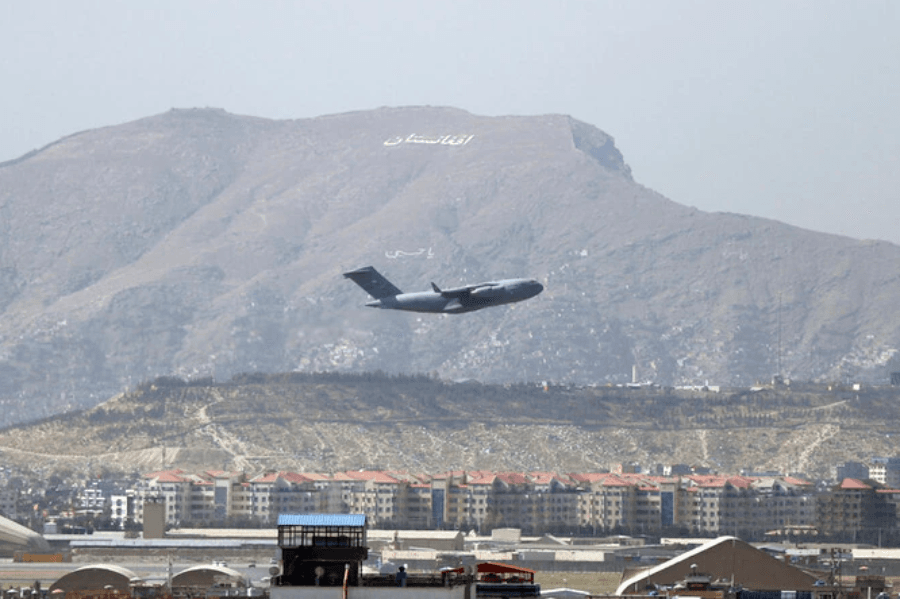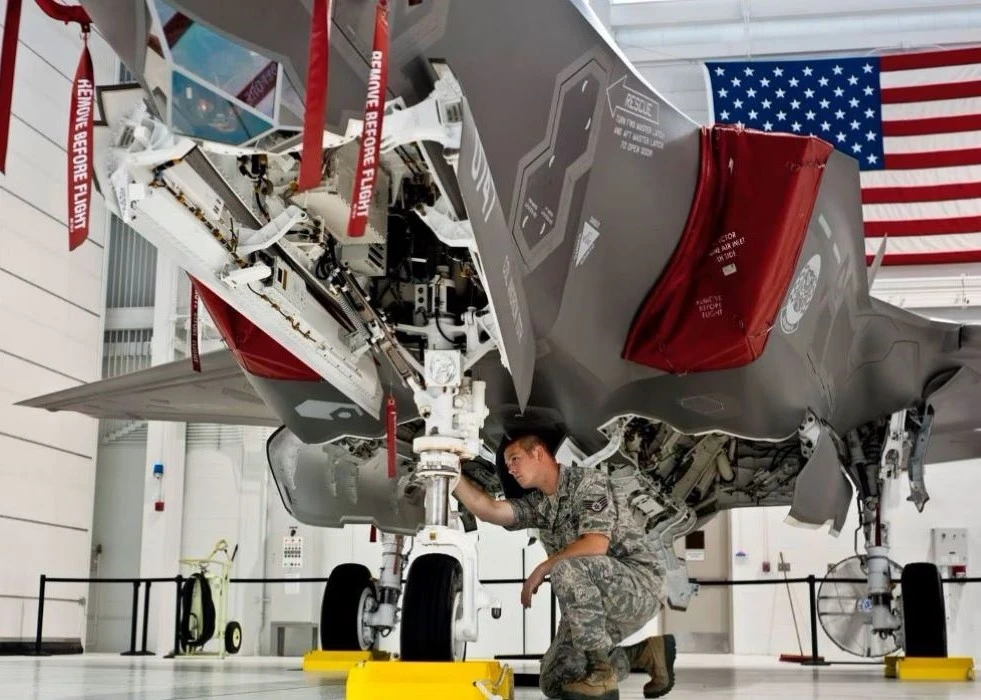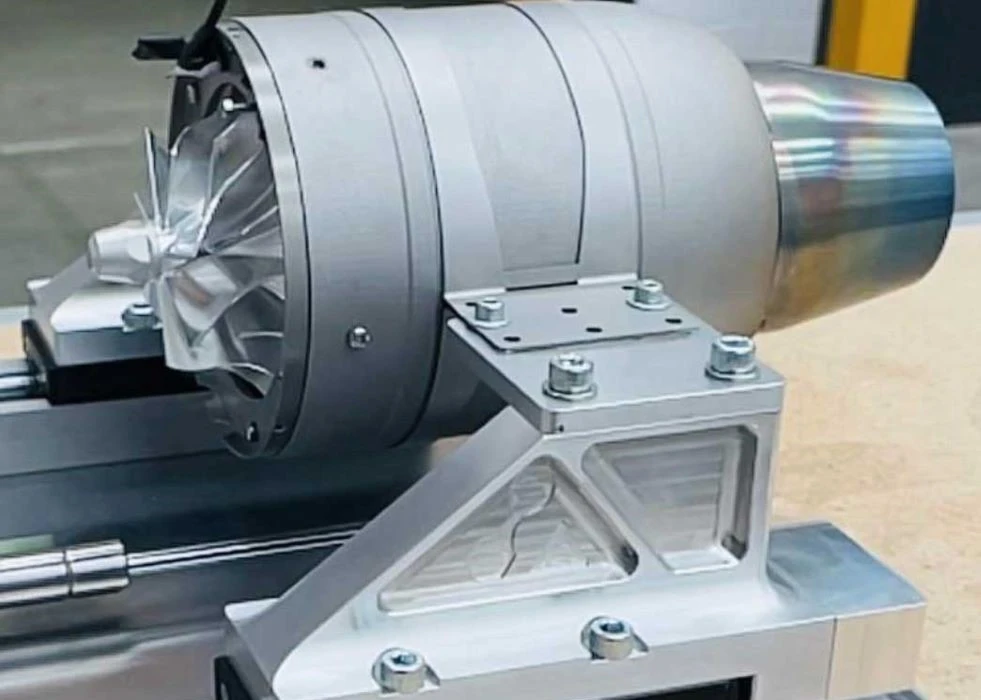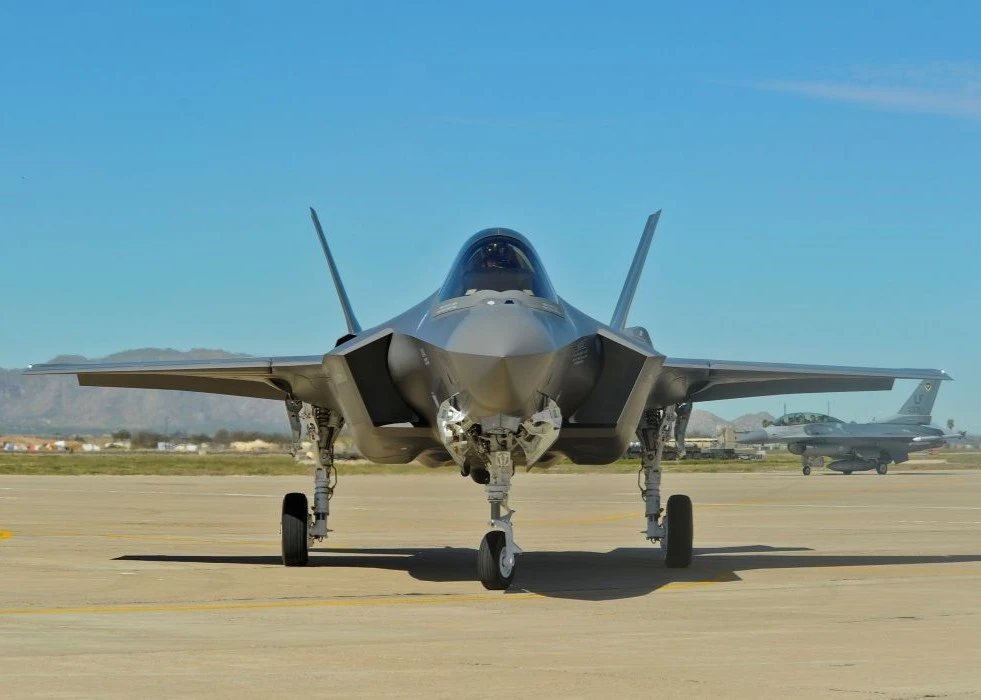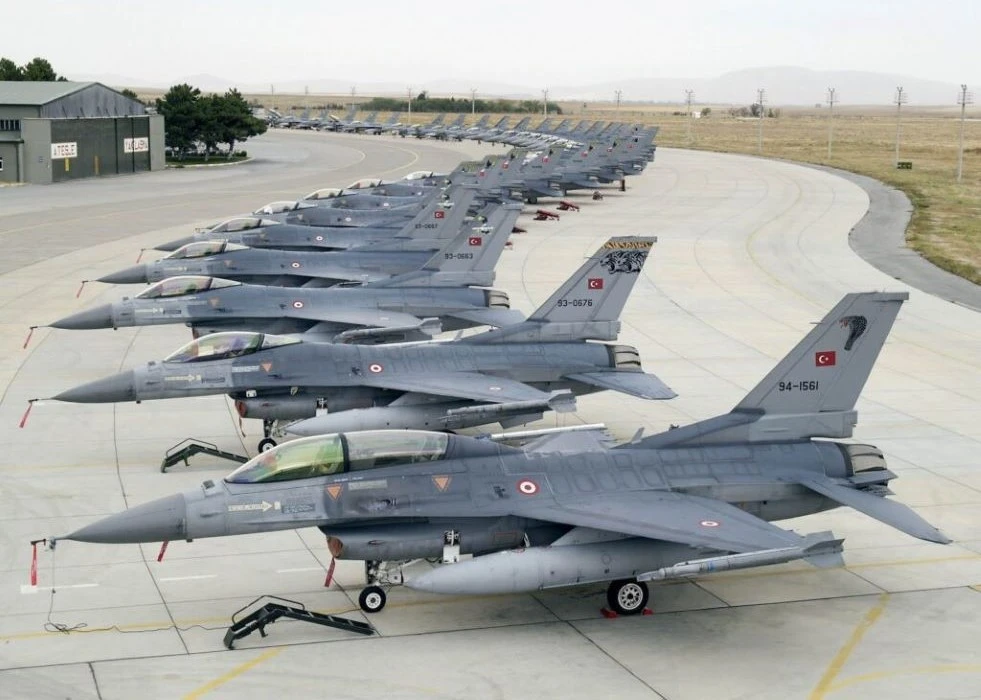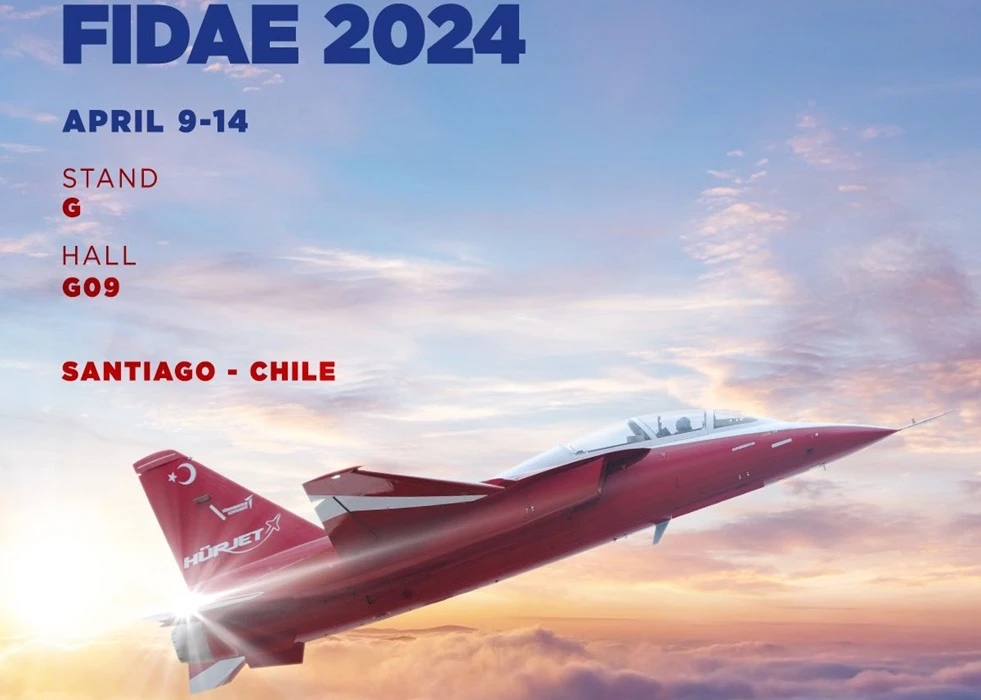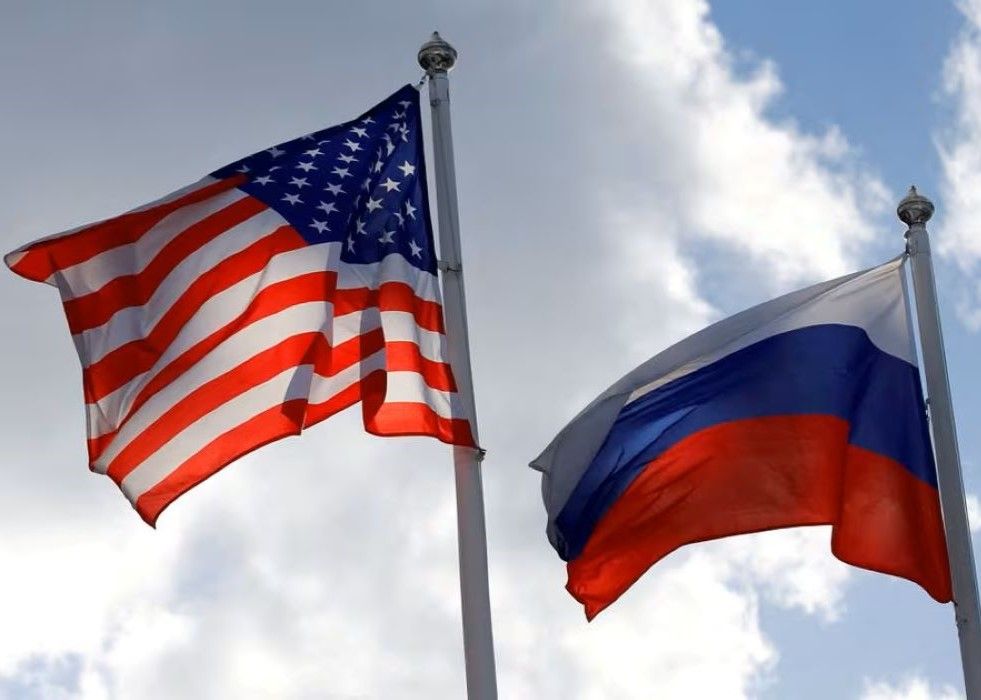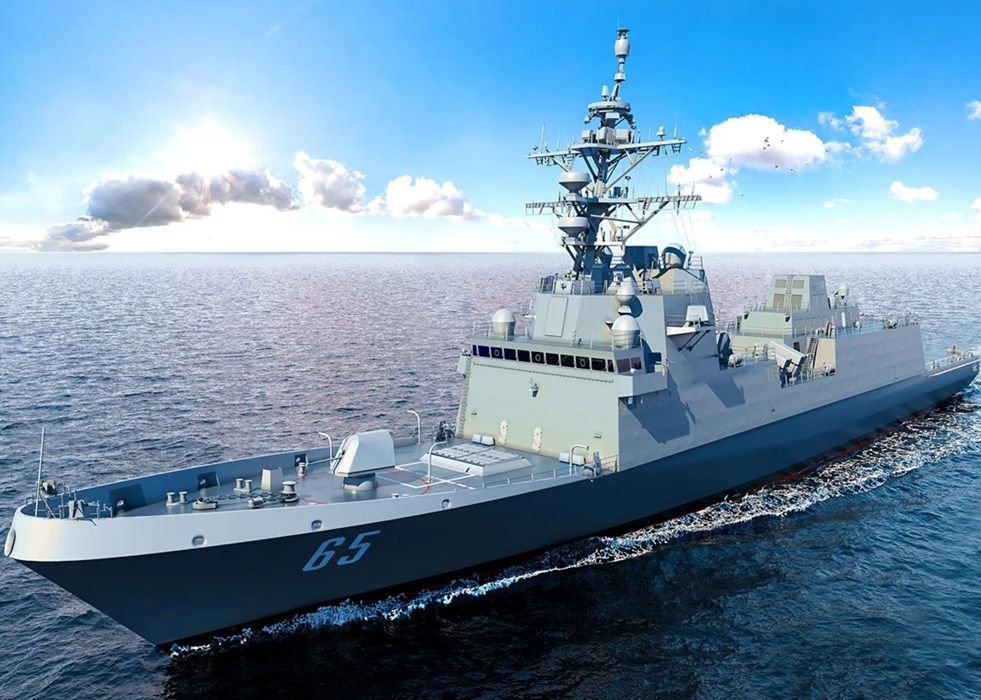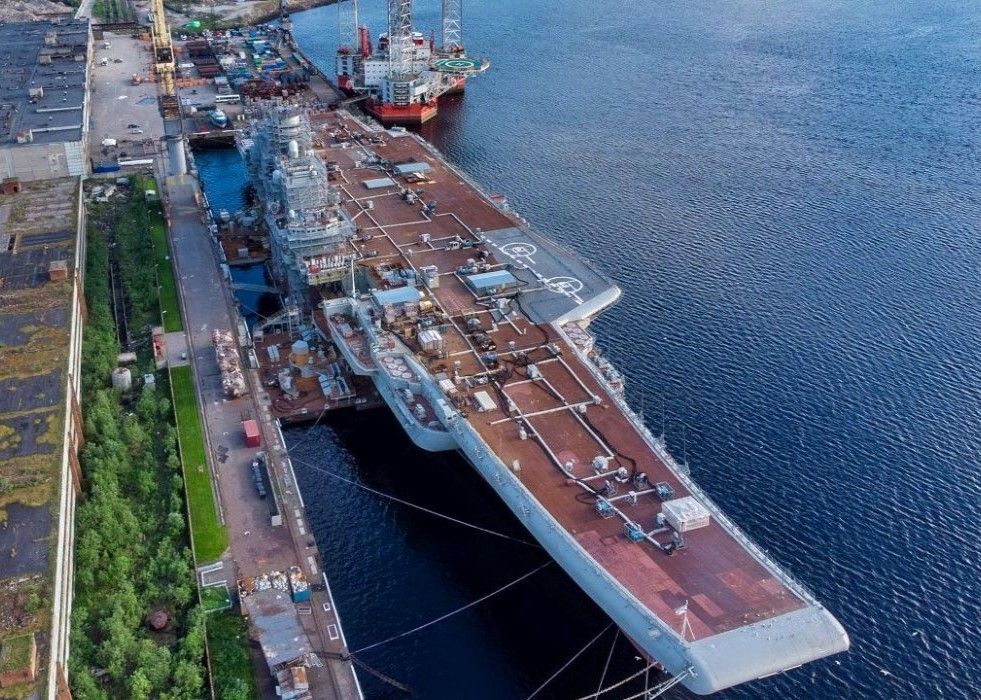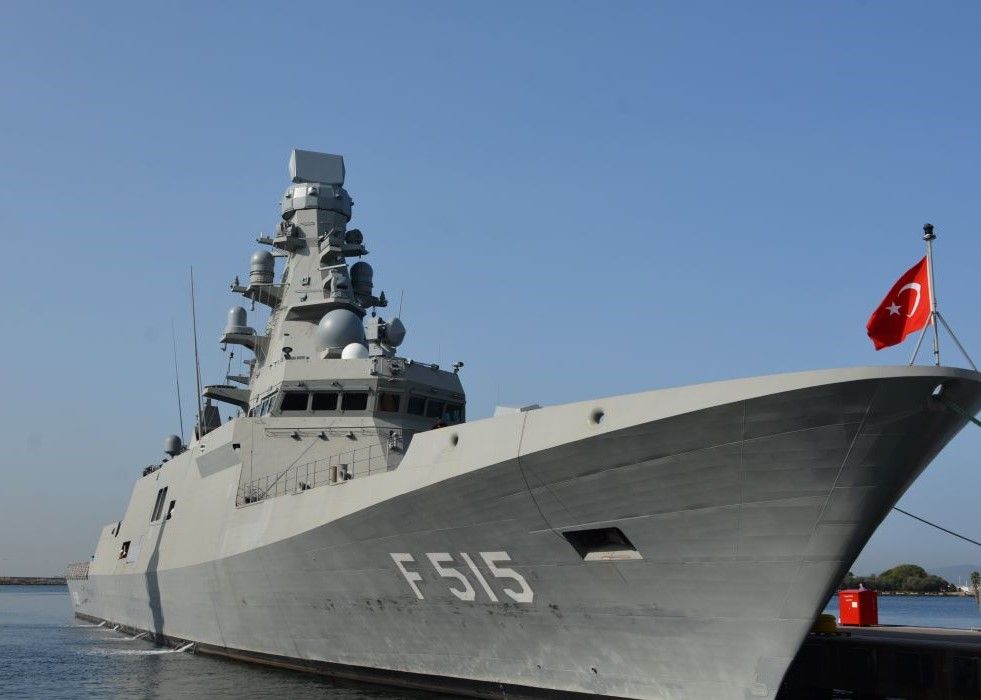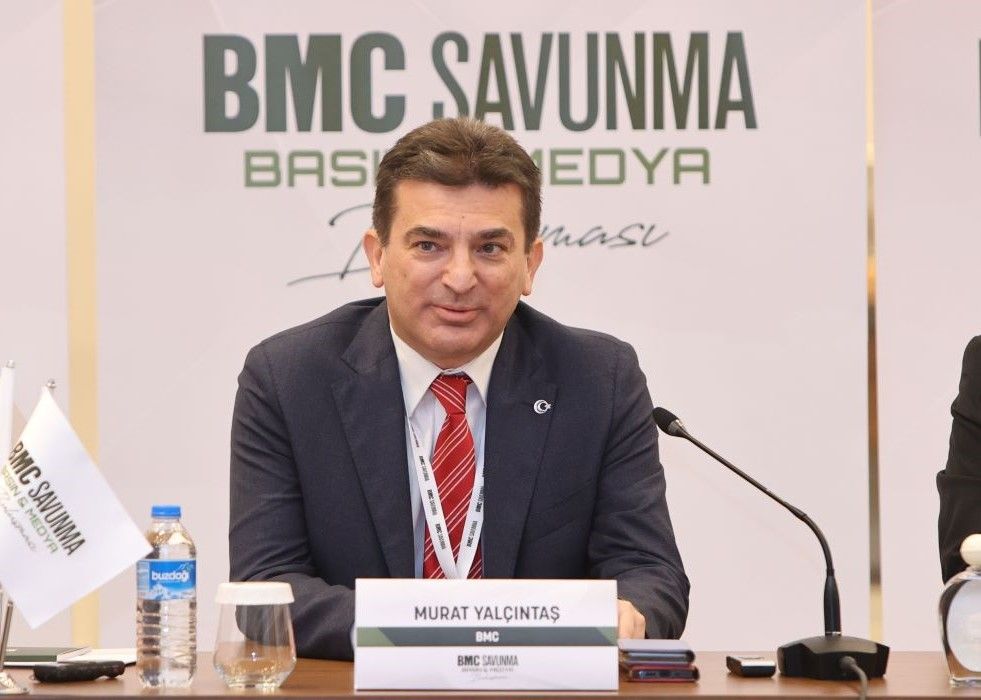The country has 13 airports in total, and Capital Kabul is the main one. Almost all forces left the country using this air gate. While foreign troops and their military platforms left the country, unidentified groups attacked. Such conditions raised questions about air platform safety.
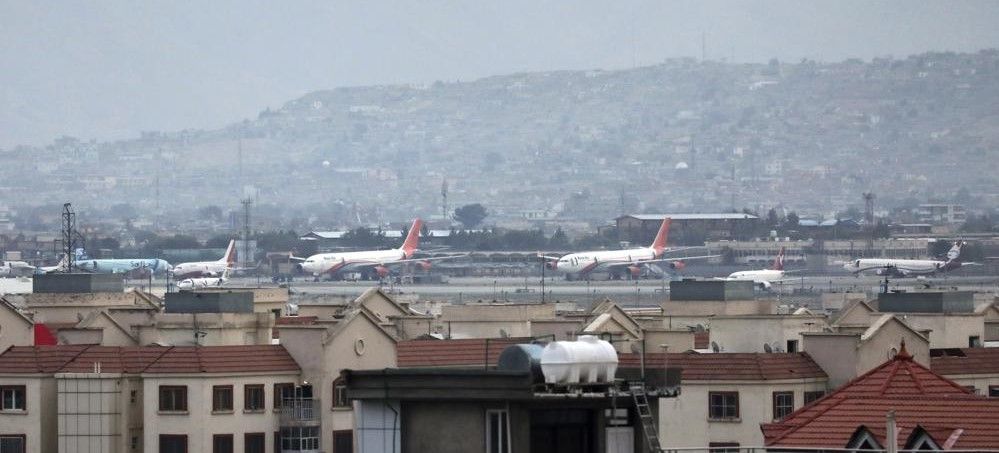 Between 1980 and 1990, the airport was also used as a
"cemetery" for Russian forces stationed there at the airport. It was
possible to identified hit and fallen ex-Mig-29s, mi-8s at the airport, which
looks like the graveyard. The airport except the runway was also the minefield.
Between 1980 and 1990, the airport was also used as a
"cemetery" for Russian forces stationed there at the airport. It was
possible to identified hit and fallen ex-Mig-29s, mi-8s at the airport, which
looks like the graveyard. The airport except the runway was also the minefield.
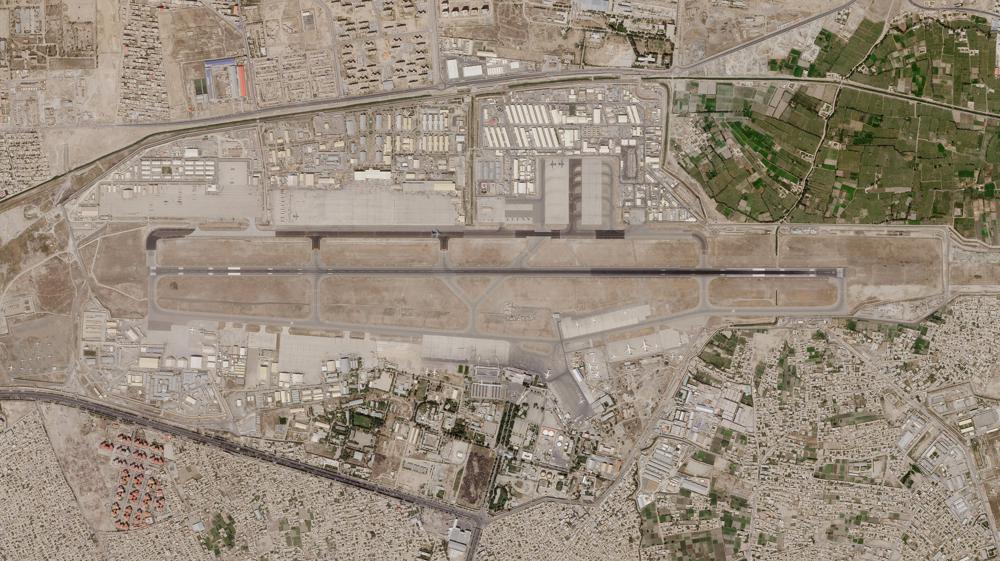
Even though the airport is located far from the surrounding mountains, the city’s altitude is 1,789 m (5,872 ft). The airport has one runway with a 3511-meter (11520 ft ) length and 45 meters (148 ft) width. The air platform has to run on an asphalt surface in the direction of 107° T – 287° T according to the wind before taking off. The pilot has to gain altitude before flying over the city and surrounding mountains in order to put a distance between a potential attacker and an aircraft. The most preferred way is to hide in darkness, and the second is to use counter defence systems.
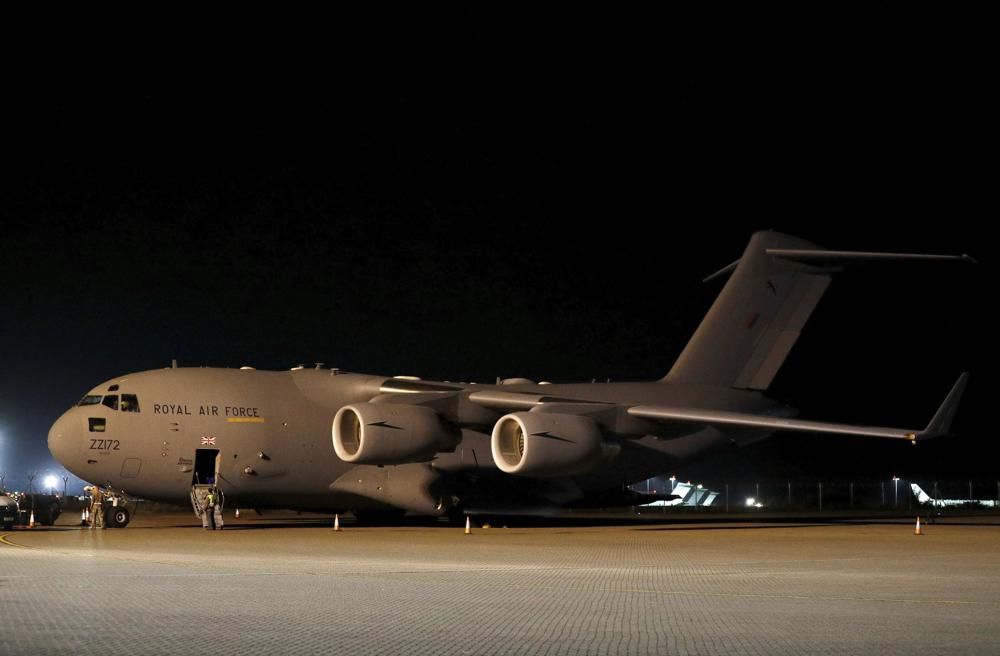
There are two counter defence systems. One is installed on-air platforms for self-defence, such as chaff and flares. Laser warnings, radar warnings. While the second is the close-in weapon system for defence against incoming threats. US Navy installs Phalanx CIWS in almost every surface combatant vessel except for two classes. The system finds the target with radar and destroys it with a 20 mm Vulcan gun. The Land variant, known as the LPWS (Land Phalanx Weapon System), part of the C-RAM system, has been deployed in a short-range missile defence role to counter incoming rockets, artillery and mortar fire.
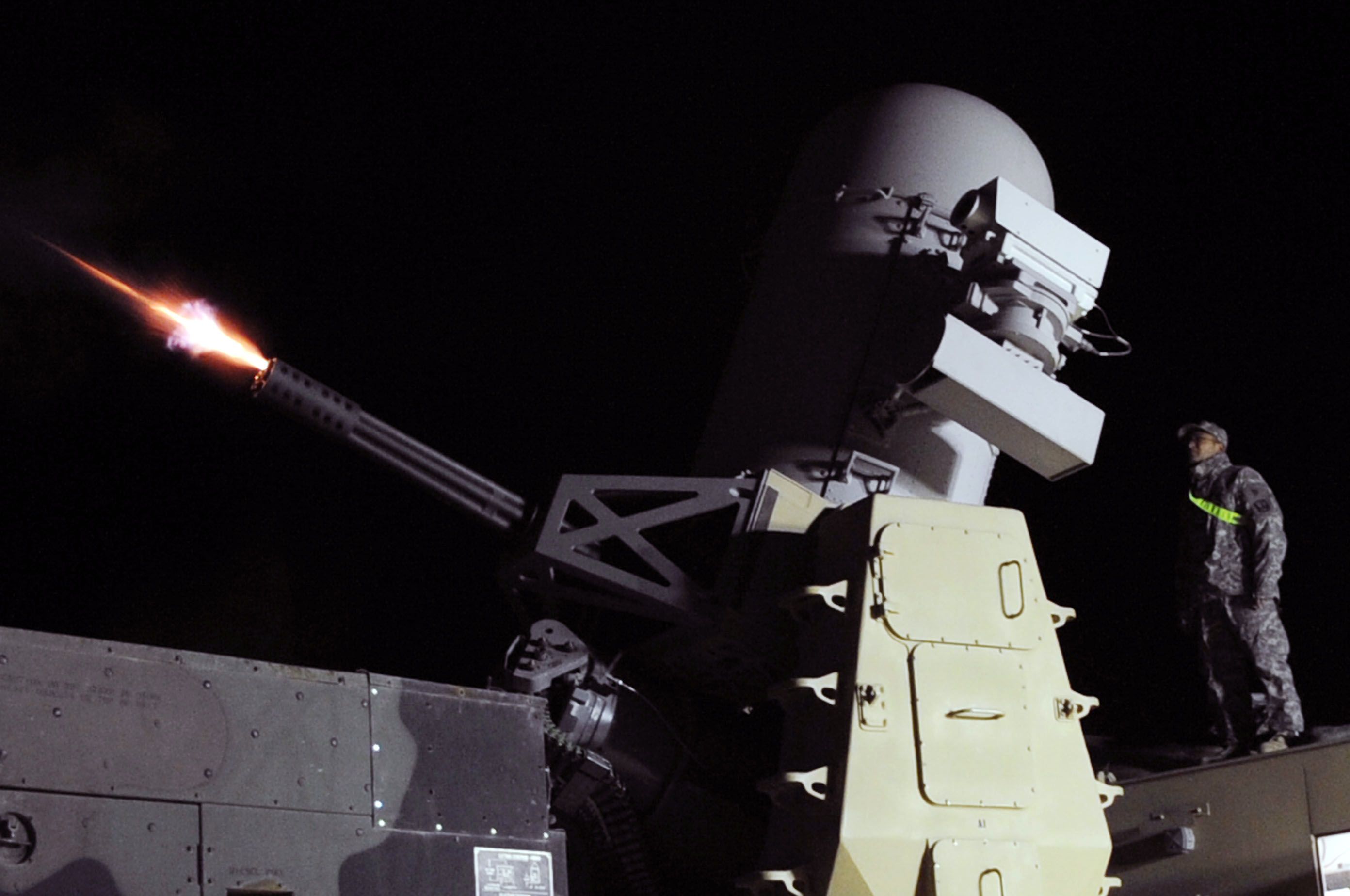
Centurion C-RAM is one of the most known solutions to continual rocket and mortar attacks on bases in Iraq and Afghanistan. Each system consists of a modified Phalanx 1B CIWS, powered by an attached generator and mounted on a trailer for mobility. Including the 20 mm M61A1 Gatling gun, the unit can also fire 4,500 20 mm rounds per minute.
Centurion uses Ku-band radar and FLIR to detect and track incoming projectiles and can engage surface targets, with the system able to reach a minus-25-degree elevation. The Centurion is reportedly capable of defending a 0.5 sq mi (1.3 km2) area. According to these technical data, the Kabul airport needed more than six systems. One major difference between the land- and sea-based variants is the choice of ammunition. Whereas naval Phalanx systems fire armour-piercing tungsten rounds, the C-RAM uses the 20–mm HEIT-SD (High-Explosive Incendiary Tracer, Self-Destruct) ammunition, originally developed for the M163 Vulcan Air Defence System. These rounds explode on impact with the target or tracer burnout, thereby greatly reducing the risk of collateral damage from rounds that fail to hit their target.
Following final aircraft take-off, the C-RAM must be set to either self-destroy or a special unit must have destroyed them and vanished.

